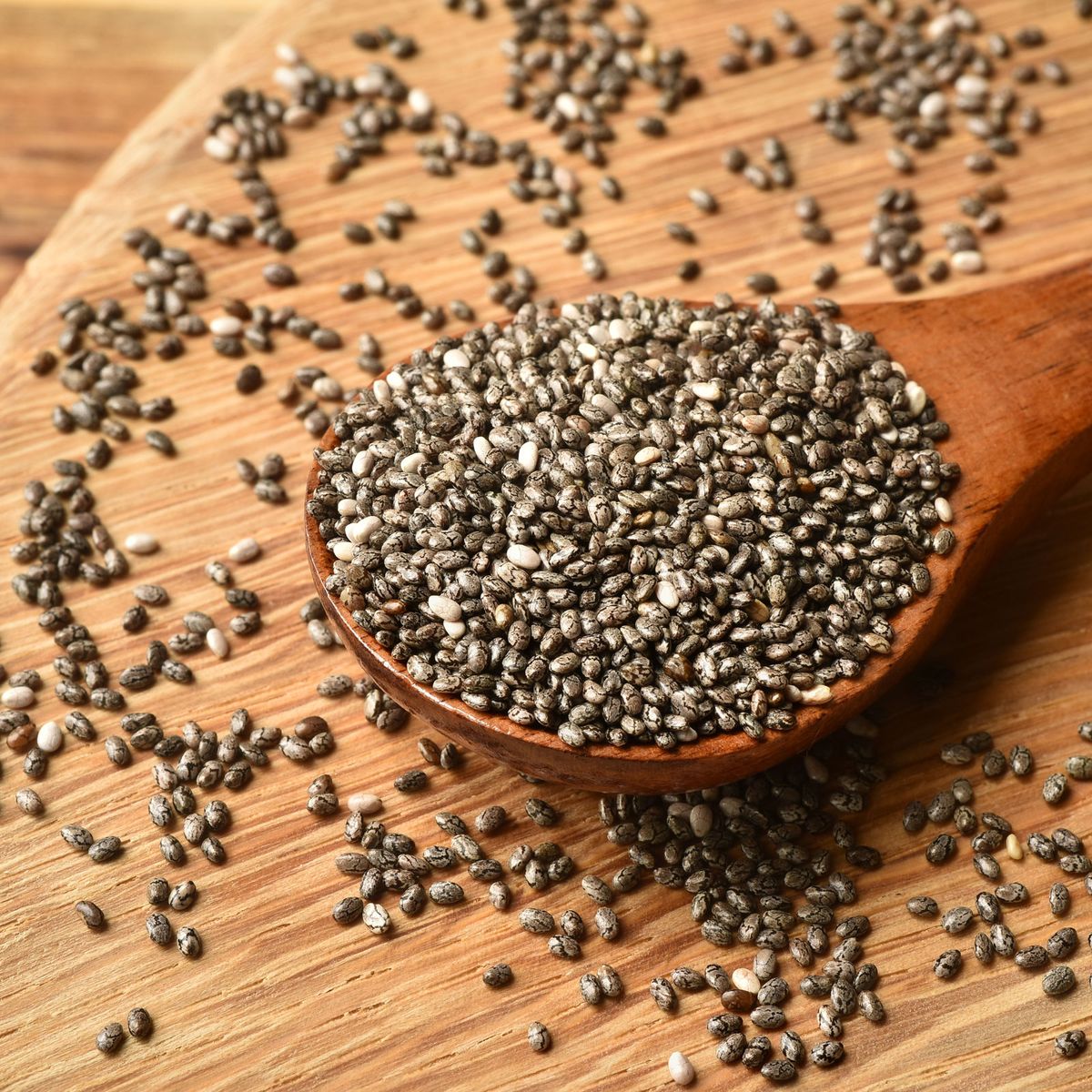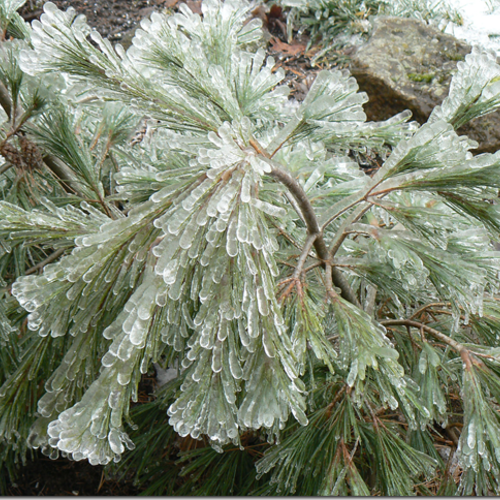Growing fruit trees has its own set of unique challenges. Leafrollers are a family of insects that attack the leaves of fruit trees like apples, pears, and peaches. They also target some ornamental trees like ash, poplar, and oak as well as some ornamental plants like canna lilies. Unlike leaves that curl because of disease or environmental stress, leaves that curl because of leaf rollers are healthy leaves that physically wrap around an insect and are secured with silk or webs. The leaves provide a cozy shelter and a reliable food source for the growing larvae inside.
Leafrollers should not present a big problem to your orchard or garden in most years. However, every few years, there might be a large population that can cause sizable damage. This informative piece is a resource to help you recognize and control leafrollers so they won’t have a chance to pose a big risk on your fruit trees or ornamental plants.
Good Products For Controlling Leafrollers:
Leafroller Overview
There are many different species of leafrollers, which are the larvae of moths in the tortricid family. These moths are typically brown, gray, or tan in color and can blend in easily into tree barks. Several species in this family are well-known pests including the codling moth, which is known for attacking apples and other pome fruits. Others, including the spruce budworm, can severely defoliate conifer trees.
Leafrollers in the tortricid family all share a similar behavior of rolling up healthy leaves to shelter and feed their caterpillars. These and many other tortricid moths are native to North America and play an important role in the ecosystem as a food source for other organisms and even as biological controls themselves for invasive plants.
Most leafrollers go after fruiting or ornamental trees. Pandemis leafroller (Pandemis pyrusana), Obliquebanded leafroller (Choristoneura rosaceana), Fruittree leafroller (Archips argyrospilus), and European leafroller (Archips rosanus) are all tree species. The canna leafroller (Calpodes ethlius) and Lesser canna leafroller (Geshna cannalis) specialize in the canna lily.
Life Cycle of A Leaf Roller

Leafrollers go through four developmental stages in their lives: egg, larva, pupa, and finally the adult moth. The most destructive stage for leafrollers is at the larvae stage when voracious caterpillars carry out their sole purpose of consuming plant matter.
Different leafroller species have different timing for their life cycles. For example, the pandemis leafroller and obliquebanded leafroller both have two generations per year whereas the fruittree leafroller and European leafroller only have one generation. The canna leaf rollers are very prolific and can have more than three generations per year.
For the pandemis and obliquebanded leafrollers, the adult moths will lay a mass of 50 to 300 eggs in late May or early June. The egg mass will start by being light green and then turn light brown. Finally, just before the eggs hatch in mid to late June, the dark heads of the larvae can be seen in the eggs. Once hatched, these caterpillars will frantically feed on host plants and quickly mature into adult moths to lay another round of eggs in late August. This second-generation overwinters in a hibernaculum, or silken case, until the following spring.
The fruitree and European leafroller moths will lay egg masses on the barks of trees and let the eggs overwinter there. Eggs hatch starting in April and the larvae will feed through mid to late May and mature in June. Adults moths activity peaks during late June.
Canna leafrollers have very short life cycles that complete in 40 days and can have three or more generations per year. Both the canna leaf roller and the lesser canna leaf roller are the larvae stage caterpillars of the large brown skipper butterfly. Adult moths will lay eggs on large canna leaves. After the larvae hatch, they will spin silk and roll themselves inside the leaves, forming long tubes. The larvae will feed on leaves from the inside out and move on to form another roll if they eat out of the previous leaf.
Common Habitats

The most common habitat for leafrollers during the larvae stage is inside of rolled leaves, where they’ve created the perfect nurturing habitat for this part of their life cycle. Depending on the species of leafroller, they may overwinter on different parts of the plant. The pandemis and obliquebanded leafrollers overwinter in hibernaculum in protected crevices on the trees. The fruittree and European leafrollers overwinter as eggs on smooth bark. Finally, canna leafrollers overwinter as larvae in the leaves or stems of the canna plant.
What do Leaf Rollers Eat?
The larvae of all these species of leafrollers predominately feed on leaves that make up part of their shelter. The canna leaf roller specializes in the canna plant as its only plant host. Other leafrollers may also damage various flowers or young fruits. The feeding marks left on fruits look similar to those from codling moths.
How to Control Leaf Roller Pests

In most years, leafrollers should not pose a significant threat to your fruit trees or foliage plants. As with many insect species, especially ones that are endemic to your region, we recommend using an integrated pest management approach to control the leaf roller threat and incur minimal damage to people and the environment.
Environmental Control
Before applying any chemical or organic controls, the first step to treating a leafroller problem is to remove the affected leaves. These leaves are easy to spot because they are rolled up and often webs secure the leaves together. Removing rolled leaves effectively and immediately gets rid of the leafroller habitat. To treat severe cases of canna leafrollers, you can even remove most or all the leaves to rejuvenate the plant. Cannas are fast-growing plants and should rebound quickly.
Organic or Chemical Control
To manage these pests for fruit trees, the most effective technique is to target them right at the time of hatching or immediately after. Bacillus thuringiensis (Bt) var. Kurstaki is an organic insecticide that’s effective against leafrollers and other caterpillars. Apply Bt on the affected leaves, including to the underside of the leaves while the larvae are still young. Bt will attack the digestive system of leafrollers and disrupt their life cycle. It becomes much more difficult to control their population in late summer when leaf roller larvae have already matured into adult moths. While spinosad can be another effective insecticide to use against leafrollers, it is toxic to bees. Take care not to use spinosad on flowering plants or right before a storm.
Biological Control
Leafrollers are an important part of the food chain and have many natural predators. For example, leafroller larvae are hosts to several species of parasitic flies and wasps. Lacewings, assassin bugs, ground beetles, and spiders are also predators of this pest. If you create a welcoming environment for beneficial insects, they will naturally help control the population of pests like leafrollers.
Frequently Asked Questions

Q: Will Sevin dust kill leaf rollers?
A: Sevin is a chemical pesticide with the active ingredient of carbaryl. It will kill pests like leaf rollers in your garden, but it will also kill beneficial insects. Sevin is not approved for use in organic gardening or farming.
Q: Will neem oil kill leaf rollers?
A: Neem oil can help control leafrollers if applied at the larvae stage. It might also be a good solution if the insects have developed a resistance to other chemical treatments.
The Green Thumbs Behind This Article:










